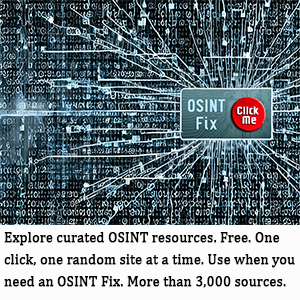Deal Breakers in Medical AI
August 26, 2025
 No AI. Just a dinobaby working the old-fashioned way.
No AI. Just a dinobaby working the old-fashioned way.
My newsfeed thing spit out a link to “Why Radiology AI Didn’t Work and What Comes Next.” I have zero interest in radiology. I don’t get too excited about smart software. So what did I do? Answer: I read the article. I was delighted to uncover a couple of points that, in my opinion, warrant capturing in my digital notebook.
The set up is that a wizard worked at a start up trying to get AI to make sense of the consistently fuzzy, murky, and baffling images cranked out by radiology gizmos. Tip: Follow the instructions and don’t wear certain items of jewelry. The start up fizzled. AI was part of the problem, but the Jaws-type sharp lurking in the murky image explains this type of AI implosion.
Let’s run though the points that struck me.
First, let’s look at this passage:
Unlike coding or mathematics, medicine rarely deals in absolutes. Clinical documentation, especially in radiology, is filled with hedge language — phrases like “cannot rule out,” “may represent,” or “follow-up recommended for correlation.” These aren’t careless ambiguities; they’re defensive signals, shaped by decades of legal precedent and diagnostic uncertainty.
Okay, lawyers play a significant role in establishing thought processes and normalizing ideas that appear to be purpose-built to vaporize like one of those nifty tattoo removing gadgets the smart system. I would have pegged insurance companies, then lawyers, but the write up directed my attention of the legal eagles’ role: Hedge language. Do I have disease X? The doctor responds, “Maybe, maybe not. Let’s wait 30 days and run more tests.” Fuzzy lingo, fuzzy images, perfect.
Second, the write up asks two questions:
- How do we improve model coverage at the tail without incurring prohibitive annotation costs?
- Can we combine automated systems with human-in-the-loop supervision to address the rare but dangerous edge cases?
The answers seem to be: You cannot afford to have humans do indexing and annotation. That’s why certain legal online services charge a lot for annotations. And, the second question, no, you cannot pull off automation with humans for events rarely covered in the training data. Why? Cost and finding enough humans who will do this work in a consistent way in a timely manner.
Here’s the third snippet:
Without direct billing mechanisms or CPT reimbursement codes, it was difficult to monetize the outcomes these tools enabled. Selling software alone meant capturing only a fraction of the value AI actually created. Ultimately, we were offering tools, not outcomes. And hospitals, rightly, were unwilling to pay for potential unless it came bundled with performance.
Finally, insurance procedures. Hospitals aren’t buying AI; they are buying ways to deliver “service” and “bill.” AI at this time does not sell what hospitals want to buy: A way to keep high rates and slash costs wherever possible.
Unlikely but perhaps some savvy AI outfit will create a system that can crack the issues the article identifies. Until then, no money, no AI.
Stephen E Arnold, August 26, 2025


